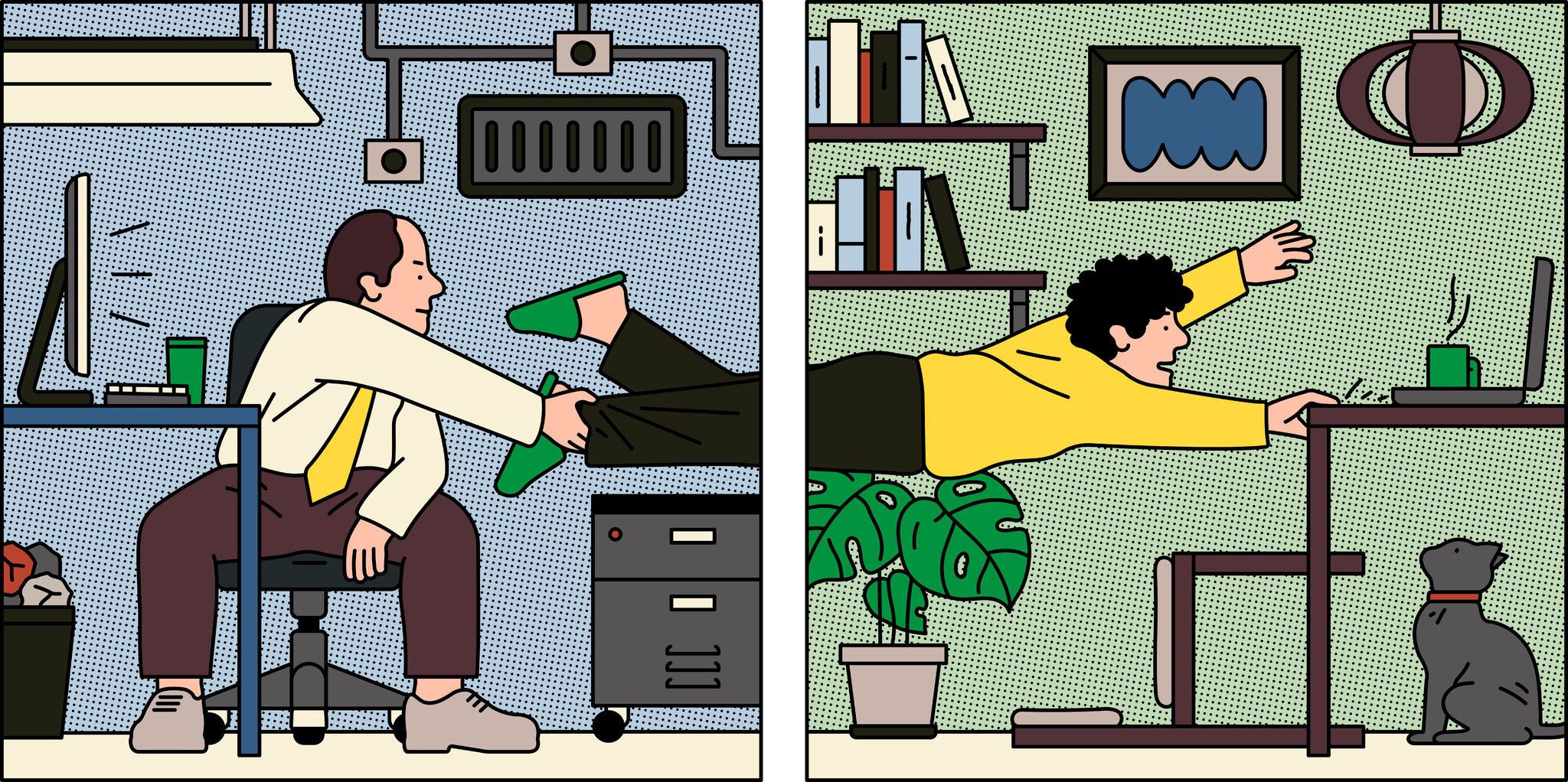Hello!
In early 2020, remote working was a surprise to many companies. Each company had to find a way to manage expectations and work trends during the pandemic.
 This was largely due to technological advancements and innovation. Remote working is supported by many companies because it allows employees to work from flexible hours and increases productivity. But does remote working actually increase productivity or are you letting your employees down?
This was largely due to technological advancements and innovation. Remote working is supported by many companies because it allows employees to work from flexible hours and increases productivity. But does remote working actually increase productivity or are you letting your employees down?
Although it may sound like a utopia, the reality is that you could be commuting less and attending meetings in person without compromising your job responsibilities. This could have a negative impact on your company’s performance and even your well-being.
Let’s look at why it can be beneficial to everyone to return to the office after remote work.
The rise of remote working
According to estimates, 1 out 4 American workers will continue working remotely through 2021. 22% of the workforce will be completely remote by 2025. Covid-19 saw a significant increase in remote work opportunities. This was when a large portion of the workforce had never worked from home before.
 Remote workers also found many benefits, including an average time savings of 40 minutes per day from commuting daily and an average monthly cost of $500 for working remotely.
Remote workers also found many benefits, including an average time savings of 40 minutes per day from commuting daily and an average monthly cost of $500 for working remotely.
The disadvantages of remote working
Although remote working sounds appealing, statistics show that it can have serious consequences for businesses and professionals. It is therefore important to make sure you return to work when safe.
Remote working has its disadvantages
Less collaboration
Remote working has resulted in a 23% drop in team collaboration. This means less teamwork and more development on assigned projects. This can lead to a decrease in team collaboration, which can be particularly detrimental to junior members of the team.
 They may not be able to collaborate with their peers and develop the skills necessary to succeed within their industry. You can’t approach other people in person to ask questions. Instead, virtual meetings and Slack chats are available for remote work.
They may not be able to collaborate with their peers and develop the skills necessary to succeed within their industry. You can’t approach other people in person to ask questions. Instead, virtual meetings and Slack chats are available for remote work.
Reduced productivity
Remote working is great because it allows you to work from anywhere and whenever you want. However, there are times when your mind wanders. Remote work can make it harder to be productive than working in an office.
There’s a lot to be inspired by being around people every day. It can be difficult to see your coworkers or the surrounding environment when everyone is working remotely. Employees’ creativity can suffer when they are working without external influence.
Insufficient work/life balance
 Remote work can make it easy to become overwhelmed because you don’t know when your day ends at work. Many employees work beyond their normal hours, often without realizing they should have stopped.
Remote work can make it easy to become overwhelmed because you don’t know when your day ends at work. Many employees work beyond their normal hours, often without realizing they should have stopped.
This results in a loss of work-life balance and increased stress, which can lead to more employees becoming burnout.
More distractions
Remote workers are more likely to lose their focus and become distracted when working remotely. While working remotely, there are many tasks that can distract from the task at hand, such as house chores and errands.
This can lead to lower productivity. Everyone can concentrate on the task at hand in an office environment instead of getting distracted by things not related to work.
Related to coworkers
Remote work can lead to a lack in relationships with coworkers. This is particularly harmful for managers who don’t have the chance to develop their leadership skills and build stronger bonds within their team. It is difficult to establish relationships via messaging, emails, or video chat.
Isolation
 Remote working can sound great because it allows you to work wherever you want, but employees may feel lonely and isolated if there is no human connection. For those without family or friends nearby, this is especially true. It can also make it difficult to focus and feel that there is no reason to work if you aren’t able to see the results.
Remote working can sound great because it allows you to work wherever you want, but employees may feel lonely and isolated if there is no human connection. For those without family or friends nearby, this is especially true. It can also make it difficult to focus and feel that there is no reason to work if you aren’t able to see the results.
The future is remote
Both employees and businesses will benefit from returning to work after working remotely. While remote working has many advantages, it is important to remember how valuable collaboration in the office can be. Knowledge sharing is essential in every company to ensure everyone can learn new skills and grow their capabilities.
Remote work can still be available on a case-by-case basis. This allows employees to have the flexibility to visit the doctor, care for a sick child, or deal with any other situations that may arise.
 This can be done in many ways. The easiest is to allow employees to work remotely from their homes on certain days.
This can be done in many ways. The easiest is to allow employees to work remotely from their homes on certain days.
They have more control and freedom over their work schedules, but also the chance to collaborate, learn new skills and build stronger relationships with colleagues. Team members can also form lasting bonds and become strong leaders by working together in an office setting.
Conclusion
Since remote working can lead to overworking, distractions, lack of relationships with coworkers and isolation, employees need to go back into the office.
Moving forward, remote working will always be available on a needs basis because although there are many benefits, in-office collaboration is essential too. This way, teams will have an opportunity to collaborate, learn new skills, develop themselves as leaders and create stronger intercompany bonds with their colleagues.
Thank you!
Subscribe to our newsletter! Join us on social networks!
See you!






